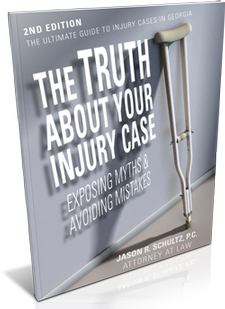Types of Medication Mistakes: Abbreviations and Other Symbols
One common letter that is oftentimes misread is “u,” which indicates “unit.” However, written too quickly, it can end up being mistaken for the number zero. Another example is when IU (international unit) is mistaken for IV. Errors such as these can be prevented by writing out the words “unit” or “international unit.”
If the doctor misplaces a decimal point in a medication dosage, it can lead to administration of the wrong dosage. Before administration, medical personnel should double-check and verify prescriptions.
Sometimes the drug name, dose and unit of measure are written too closely together. This can also cause confusion. An example would be a drug that ends with the letter “l” and is too close to the dosage, it may end up looking like the number “1.” So now instead of a prescription for the intended 40 mg, it looks like a prescription for 140 mg.
These are just some examples where mix-ups with abbreviations can cause medication errors. If such a mix-up causes serious injury or illness, patients may explore taking legal action against any negligent parties. Jason Schultz can offer legal help: call 404-474-0804.


